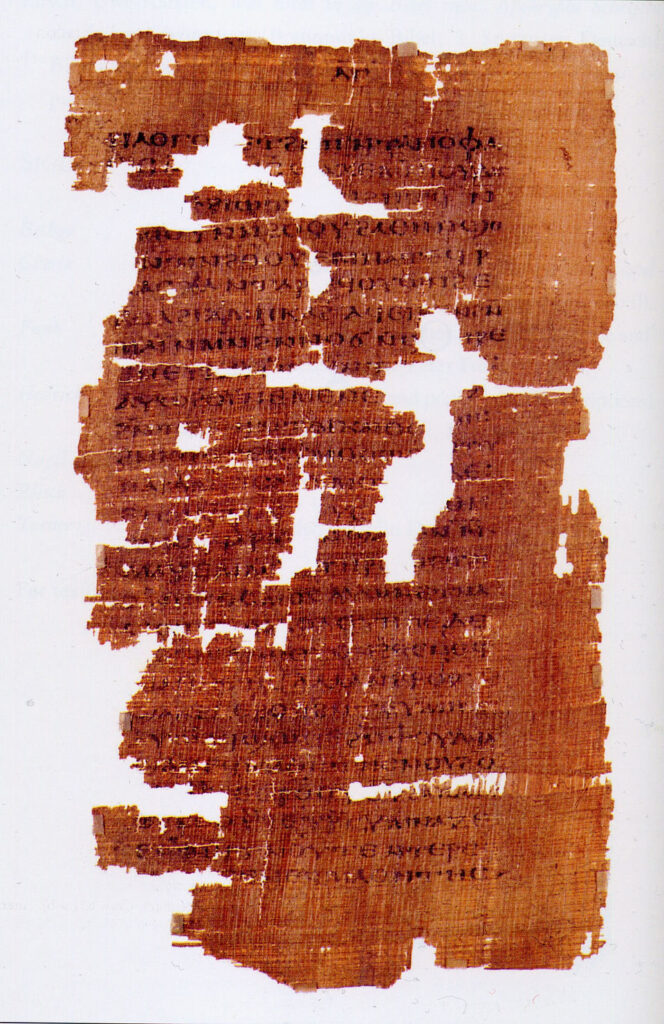Orginalism as Esotericism

Last week I attended a wedding, at which I had a long conversation with an historian about his work. His most recent project, he told me, was on the influence of Leo Strauss on conservative constitutional thought in general, and originalism in particular. This influence is no secret. Gordon Wood wrote a long essay on the subject in the late 1980s, when “intent” originalism had yet to be displaced entirely by “public meaning” originalism (“OPM”). But still, I hadn’t thought much about it before.
Not long after, I decided to read some law review articles on “unitary executive” doctrine—and not only because the doctrine is in the process of destroying the American republic. The arguments advanced by its proponents sound totally preposterous. So I wanted to at least understand their reasoning.
I almost immediately encountered variations on this line of argument:
A comparison of the introductory clauses of the Constitution’s first three Articles supports the claim that the Executive Power Clause vests authority with the president. The Article I vesting clause clearly indicates that Congress’s legislative powers only extend to those powers “herein granted.” In sharp contrast, the Executive Power Clause lacks such language, thereby suggesting that the Article II vesting clause vests authority beyond those enumerated elsewhere in Article II.
The question then becomes ‘just what are those powers?’ The answer, apparently, is to look to a handful of sources (and often get them wrong), some limited evidence about the meaning of “executive power” in state constitutions, and to the royal prerogatives of the English monarchy. The core version of the doctrine, as far as I can tell, works like this:
- Article I shifts some of those royal prerogatives to Congress.
- Article II’s enumerated powers can be read as restrictions or qualifications of royal prerogatives.
- Therefore, the residual — all other monarchical prerogatives — are vested in the person of the president.
Now, I’m no fancy law-talking guy, but I can recognize a Straussian esoteric reading when I see one.
Strauss’s arguments rest on an underlying tension between the prevailing power structures of society and independent, heterogeneous thought, resulting in persecution by those in power of those promoting subversive ideas. An inherent interest of the prevailing political power is to suppress ideas that conflict with its views, thus maintaining a homogenous intellectual milieu that favours political stability. The political interest of homogenous thought is protected from the heteronomous ideas of ‘independent thinkers’ by politically motivated prosecution that manifests itself as censorship (Strauss 1952: 23). Censorship may present itself in several forms (Ibid.: 33) and act as a source of pressure on individuals wishing to express their independent ideas. As a reaction to political oppression, some authors capable of free thinking develop the ability to ‘write between the lines’, i.e. authors imbue their texts with meaning hidden well enough to pass censorship (Ibid.: 24-5). The phenomenon of evading censorship by writing between the lines is the central concept of Strauss’s theory of esoteric communication, a method that Strauss calls the ‘art of writing’. Thus the art of writing, according to Strauss, denotes the elaborate skills that an author needs to imbue a text with hidden messages.
Esoteric texts, according to Strauss, have an exoteric, more accessible layer open for deliberation to a larger audience, plus an esoteric, less accessible layer, which can be understood only by a minority of readers who have the skills of reading between the lines (Ibid.: 17-9). Parts of the text that are easier to comprehend serve to obscure the important messages of the author, which in turn become difficult to uncover even for the ‘trained’ philosopher (Ibid.: 24-5). Therefore a cautious author of exceptional intellect holding heterogeneous views, and wary of prosecution, is likely to produce works that are comprehended only by a minority of his or her readers, who are interested enough in its interpretation and have the intellect necessary to decipher the hidden code of the author (Ibid.: 25). The majority of readers remain misguided (Ibid.: 35-6).
At this point, you may be thinking “what the hell are you talking about Nexon? The writers of the Constitution weren’t trying to evade censorship. And didn’t you just say that originalists seek to recover the public meaning of the Constitution at the time of its drafting and ratification? That would be the exoteric meaning, no?”
I am not talking about Strauss, but rather a style of textual analysis derived from Strauss. One that second- and third-generation Straussians have stretched far beyond its original scope conditions. This is the kind of interpretive style that looks for deeper (and truer) meaning by, for example, finding hidden significance in the presence of absence of a hyphen between the words “civil” and “society,” placing enormous significance on the meaning of “vested,” or infusing a slight variation in wording between Article I and Article II with momentous implications.
Originalists claim to look for “original public meaning” (whether by “public meaning” they mean “public legal meaning” or “ordinary meaning”). But, at least as applied to the scope of the “unitary executive,” we see something completely different: an interpretive chain that reveals a heretofore hidden meaning—a meaning that eluded almost everyone, including the people who drafted the document, until the 1970s.
This is seriously f—d up.
Obligatory fundraising links here:
Paypal
Patreon
Merchandise
Venmo
Silent Auction
Physical Address
